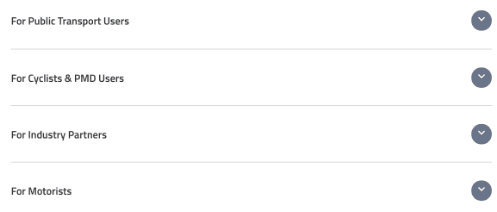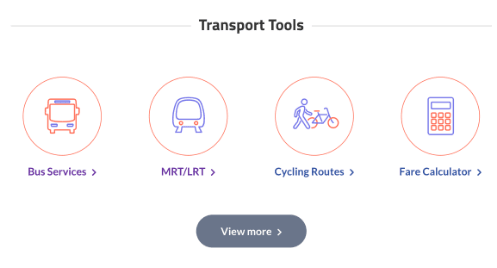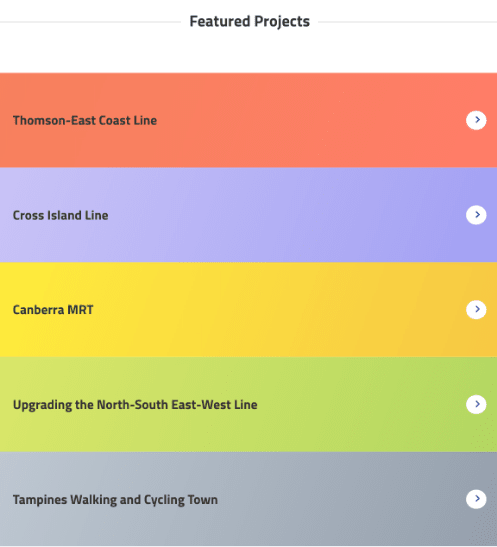Under the Land Transport Master Plan 2040, we have committed to encouraging adoption of cleaner and greener vehicles for a more environmentally sustainable land transport sector. As part of Budget 2020, Government is introducing measures to facilitate adoption of Electric Vehicles (EVs), which is one of the cleanest and lowest-emission vehicular technologies available today. We have also reviewed the road tax framework to better reflect the current trends in vehicular efficiency and parity with Internal Combustion Engine (ICE) vehicles.
EV Early Adoption Incentive
2 Today, EVs incur higher upfront ownership cost as compared to equivalent ICE vehicles. EVs are becoming more affordable, and the ownership cost gap between EVs and ICEs is expected to close over time. However, this ownership cost gap is currently a significant barrier in the adoption of EVs. To address this, we will launch an EV Early Adoption Incentive (EEAI) for the next three years, from 1 January 2021 to 31 December 2023. Owners who register fully electric cars[1] will receive a rebate of 45% off the Additional Registration Fees (ARF), capped at $20,000[2]. This EEAI will lower the upfront cost of an electric car by an average of 11% and narrow the upfront cost gap between electric and ICE cars. This scheme will apply to individual and fleet vehicle owners, such as taxi and car rental companies, and will cost Government an estimated $71 million over the next 3 years. Annex A illustrates the rebates for a few common EV models.
Revised EV Road Tax Structure
3 We have reviewed the EV road tax schedule[3]. The revised schedule will apply to all new EVs registered from 1 January 2021 onwards and is shown in Annex B.
4 Currently, ICE vehicles incur fuel excise duties through fuel consumption. Owners of fully electric cars have thus far not been subjected to fuel excise duties. To enhance parity with ICE vehicles until we are ready to impose a distance-based tax, we will impose an additional tax of $700/year for fully electric cars, which is sized to partially recover for the fuel excise duties paid by equivalent ICE cars.
5 To cushion the impact, the Government will phase in this additional tax over three years (see Annex C for the phase-in schedule). The full quantum will be charged from January 2023 onwards.
6 As part of the revised EV road tax structure, we will also revise the methodology for calculating the variable component of the road tax for EVs, which is tiered by power rating, to better reflect the current trends in vehicle efficiency from January 2021. This will lead to an across-the-board reduction in this variable component of road tax for EVs and some hybrids.
7 In summary, the revised electric car road tax schedule will comprise:
a. An additional flat component of $700/year, phased in over three years; and
b. The existing variable component tiered according to power rating, and which will be revised to better account for improvements in vehicular efficiency; and
8 Under the revised road tax framework, mass market electric cars will incur an annual usage cost[4] which is still about 9% lower than their ICE equivalents.
Electric Motorcycles and Electric Light Goods Vehicles (LGVs)
9 From 1 Jan 2021, the additional tax will also be levied on fully electric motorcycles ($200/year); and fully electric light goods vehicles (LGVs) and goods-cum-passenger vehicles (GPVs) not exceeding 3.5 metric tonnes ($190/year). Details on the treatment of electric buses, heavy goods vehicles, and GPVs heavier than 3.5 metric tonnes will be announced at a later date.
Petrol-Electric Hybrids
10 For petrol-electric hybrids that currently pay road tax based on their maximum electric power rating, we will align their road tax schedule with the revised variable component of the electric car road tax schedule. Since these vehicles remain largely petrol-fuelled, we do not intend to impose the additional flat component on them for now. Overall, these hybrids will have their road tax reduced by an average of 29%.
11 LTA will inform existing EV owners of the implications of the revised road tax schedule on them, in due course.
12 These measures will complement the Government’s efforts in expanding the public charging infrastructure for EVs. Together with other existing and new instruments, such as the Vehicular Emissions Scheme (VES), the Commercial Vehicle Emissions Scheme (CVES)[5] and Early Turnover Scheme (ETS), we will support the long-term adoption of cleaner and greener vehicles for a more sustainable land transport sector.
















